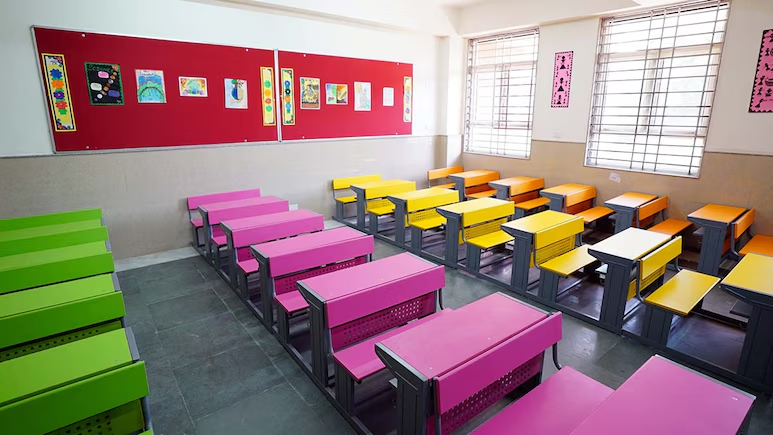
Education strategies adopted by countries across the world during the COVID-19 outbreak are promoting exclusion among students, according to the Global Education Monitoring Report 2020 by the United Nations Educational, Scientific and Cultural Organization, or UNESCO. “The challenge was too large for any education system to respond effectively. School closures placed unprecedented challenges on governments, teachers, students, and parents aiming to ensure learning continuity,” according to the report.
Countries across the world, including India, had adopted online modes of education to continue the teaching-learning process during the global pandemic. However, lack of preparedness and infrastructure have made distance learning during COVID-19 “imperfect substitutes for classroom instruction”; especially for the economically disadvantaged students, according to the report.
Poor policymaking has massively affected the education infrastructure of lower-income countries and contributed to the exclusion of underprivileged students in middle and higher-income countries, says the UNESCO report.
Technology In Education During COVID-19
According to the report, use of technology in education is dependent on income of the country. “74 per cent of lower-middle-income countries used television programmes in primary education, compared with 36 per cent of low-income countries,” the report said.
Though many lower and middle-income countries, including India could use television to broadcast programmes; the number is significantly low in comparison to the reacher countries where the adoption of online methods has been 93 per cent for primary education and secondary education.
However, no current learning continuity solution ensures “learning for all”. The prevailing digital divide and lack of preparedness and resources are limitations of online education, according to the report.
“A survey in the United States found that only 43 per cent of teachers felt prepared to facilitate remote learning and just 1 in 5 said school leaders provided guidance,” the report added.
Students With Disabilities
The report further highlights that online education has been more difficult for differently-abled students. Students with mild learning disabilities like deficit hyperactivity disorder might have struggled to work independently in front of a computer, the GEM report said.
“Overall, about 40% of low and lower-middle-income countries have not supported learners at risk of exclusion during the COVID-19 pandemic, such as those living in remote areas, the poor, linguistic minorities and learners with disabilities,” the report said.
“By increasing social isolation, the pandemic also increased the risk of marginalized students disengaging further from education and leaving school early,” the report added.
